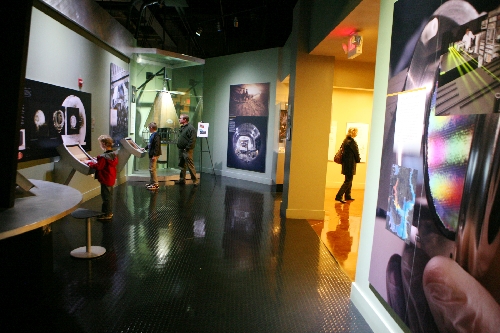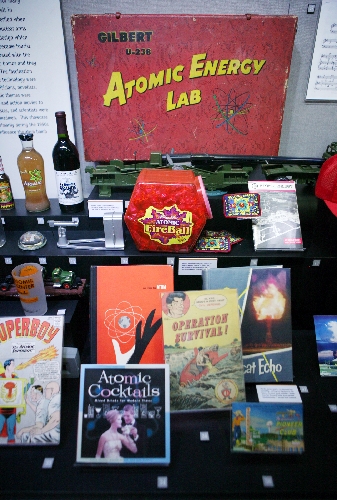Atomic museum’s perspective draws national attention to Nevada
The Atomic Testing Museum is already in rare company as one of only two museums in the country that deal with nuclear science.
But it has earned even more prestige with a name change, to the National Atomic Testing Museum.
The change was decreed by Congress with the recent passage of the National Defense Authorization Act of 2012. In that bill was a provision that gave the museum "national" status, making it only the 37th museum to receive that designation, according to Allan Palmer, executive director and CEO of the museum.
There's no funding attached to the name change, which takes place immediately, but it's still a pretty big deal, Palmer says. It means a higher profile and more attention, which it is hoped will translate into more visitors.
"This will be the only national museum in the state of Nevada," Palmer says. "I think for Nevada, and particularly Las Vegas, it's a real feather in everybody's cap."
The museum, an affiliate of the Smithsonian Institution, opened in 2005. The displays and exhibits tell the story of the development of nuclear weapons in the United States and how Las Vegas and Nevada fit into the program's history.
Last year, the museum's board approached Sen. Harry Reid, D-Nev., and Congressman Joe Heck, R-Nev., about sponsoring the name change as a way to recognize the museum's unique mission.
"The museum and the stories it tells are really unique to Las Vegas, and it's a huge national story because of the way (nuclear weapons) helped win the Cold War," Palmer says.
The 8,000-square-foot museum at 755 E. Flamingo Road is filled with artifacts from the Nevada Test Site (now called the Nevada National Security Site), memorabilia from the Atomic Age (1945 to present), interactive exhibits and more.
"We try to get people to walk through that time period," says museum curator Karen Green. "It's a different time, a different place. A lot of people come in and try to look at it through today's eyes. You can't really do that. You have to go back and understand why the bomb was developed and why it was tested."
About 55,000 people visit the museum each year, but that number was up more than 15 percent in 2011. Palmer attributes the increased interest to last year's nuclear disaster in Japan and a higher awareness of nuclear energy overall. Once the national status is in place, museum officials expect an even greater bump, he adds.
"It's a story that, once people get into it, they're fascinated by it," he says.
The museum is open from 10 a.m. to 5 p.m. Mondays through Saturdays, and noon to 5 p.m. Sundays. General admission is $14. For more information, visit atomictestingmuseum.org.
Contact Sonya Padgett at spadgett@review journal.com or 702-380-4564. Follow @StripSonya on Twitter.























